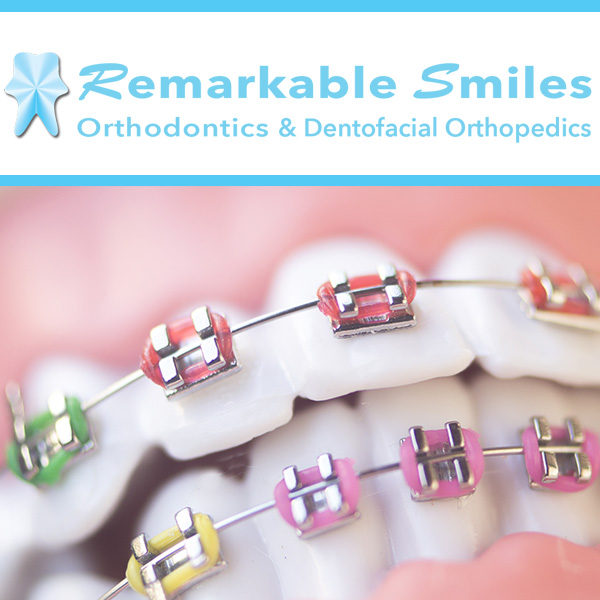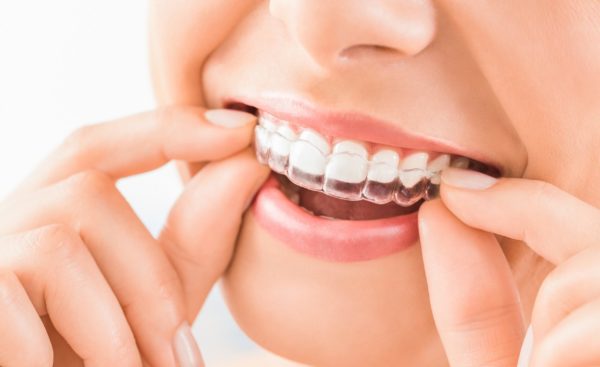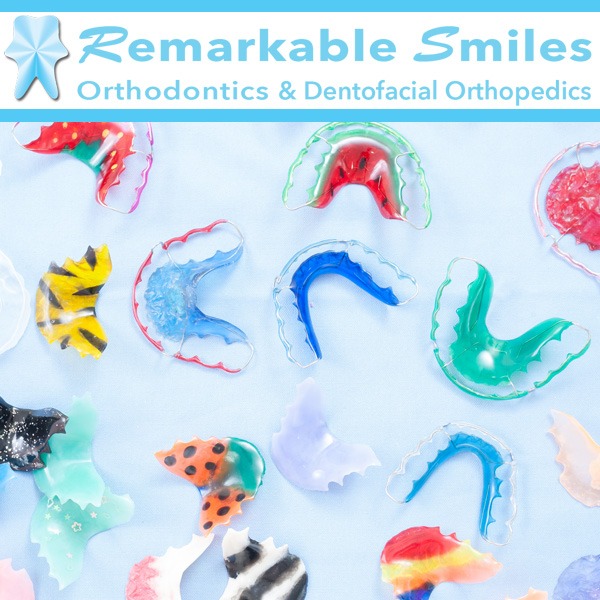Dental Braces

At first glance, many will recognize the similarities between retainers and dental braces. They are both orthodontic devices made from metal components, and they are both designed to keep your smile straight and aligned. However, retainers differ from dental braces in function and design. If you use traditional, ceramic, or lingual braces, an orthodontist has glued the braces to your teeth and tightened them to exert continuous pressure on your smile. This process may be painful at first, but it is necessary to correct misalignments or crooked teeth. Unless you are using clear aligners, you won’t be able to remove

Braces are dental orthodontic tools that are used to align your bite and straighten your teeth. These devices aid in the restoration of smile confidence as well as the improvement of oral health. How do braces work? They correct problems with tooth and jaw alignment by applying gentle, consistent pressure to the dental roots over time. The bone around the root changes as a result, allowing the tooth to shift into a new location. This procedure is carried out at a gradual pace to allow the jawbone to adjust and restructure to the new bite position. After the braces are

Usually, people get braces when they are in their teens. But quite a few adults are now getting braces and for a very good reason. In the professional world, a beautiful smile can go a long way toward making people feel more confident in you. People with great looking smiles often have a more positive attitude. They feel better about their appearance. It’s easier for them to speak to strangers. Often when we have crooked teeth or other issues, we’re self-conscious. We may feel like covering up our mouth and not giving people our best smile. It’s worth it to

